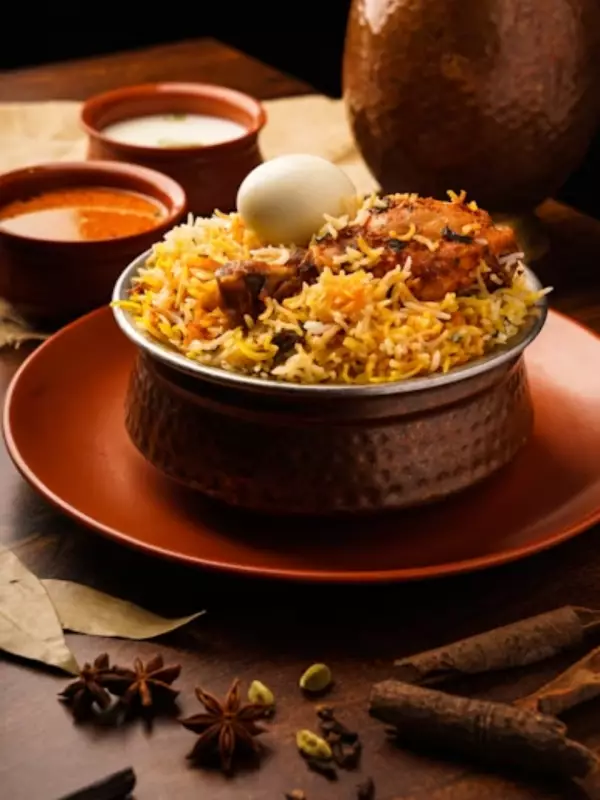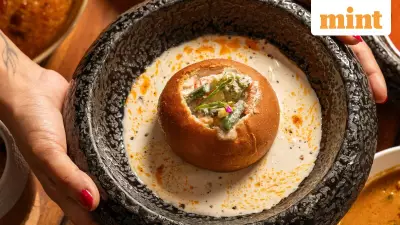
India's Diverse Biryani Landscape: A Culinary Journey
Across the vast expanse of India, few dishes command as much devotion and regional pride as biryani. This aromatic rice dish has evolved into distinct regional masterpieces, each with its own cooking techniques, ingredient combinations, and cultural significance. From the royal kitchens of Hyderabad to the coastal regions of Kerala, biryani tells the story of India's diverse culinary heritage.
Southern Delights: From Tamil Nadu to Kerala
The southern states offer some of the most distinctive biryani variations. Chettinad biryani from Tamil Nadu stands out with its use of seeraga samba rice, which gives the dish its characteristic texture and appearance. This version is notably lighter than many others, relying on a vibrant red chilli paste and minimal masala for its flavor profile. It's traditionally served with brinjal curry and cooling raita to balance its subtle heat.
Moving to the Malabar coast, Thalassery biryani from Kerala showcases the region's unique ingredients. Instead of the more common basmati, this version uses short-grain Jeerakasala or Wayanad Kaima rice, which absorbs flavors differently. The dish is known for its mild, slightly sweet character, enriched with generous amounts of ghee, raisins, and cashews that create a rich, comforting experience.
Another Kerala specialty, the Malabar biryani, features Khyma rice and is celebrated for its subtle sweetness. What makes this coastal classic particularly memorable is the liberal use of fried onions and spices that create layers of flavor without overwhelming the palate.
Northern & Eastern Royal Creations
The northern regions present some of India's most famous biryani styles. Hyderabadi biryani rightfully earns its title as the king of biryanis with its meticulous preparation method. Using fragrant long-grain basmati rice, the dish is carefully layered with marinated meat, fried onions, fresh mint, and precious saffron. The magic happens during the slow dum cooking process, where the pot is sealed with dough to trap steam and aromas, resulting in an unparalleled flavor experience.
From Mumbai comes the Bohri biryani, known for its unique sweet, spicy, and rich profile. This version incorporates unexpected ingredients like fried potatoes and dried plums (alu Bukhara), which provide contrasting textures and flavors. The dish is finished with kewra water, adding its distinctive floral notes that make this biryani a Mumbai favorite.
In the east, Kolkata biryani represents a fascinating adaptation of Awadhi cuisine with a distinctive local twist. While influenced by the royal kitchens of Awadh, this version famously includes potatoes as a key ingredient, which many consider its most beloved feature. The spices remain mild, the rice fragrant, and there's a subtle touch of sweetness from rosewater that distinguishes it from other regional varieties.
Unique Regional Specialties
Lucknowi biryani, also known as Awadhi biryani, is celebrated for its subtle, aromatic flavors that don't overwhelm the senses. What makes this preparation unique is the yakhni method, where rice and meat are cooked separately before being layered together. This technique results in a light, delicate taste that highlights the quality of ingredients rather than masking them with heavy spicing.
The Memoni biryani offers a bolder, more assertive flavor profile. Characterized by its tangy notes from tomatoes and yogurt, this style includes potatoes and generous amounts of whole spices. Famous for its deep aroma and vibrant color, this biryani appeals to those who prefer stronger, more pronounced flavors in their rice dishes.
Each regional biryani tells a story of local ingredients, historical influences, and cultural preferences. From the delicate Lucknowi preparation to the robust Memoni version, India's biryani landscape offers something for every palate, demonstrating how a single dish can evolve into multiple culinary masterpieces across different regions.





